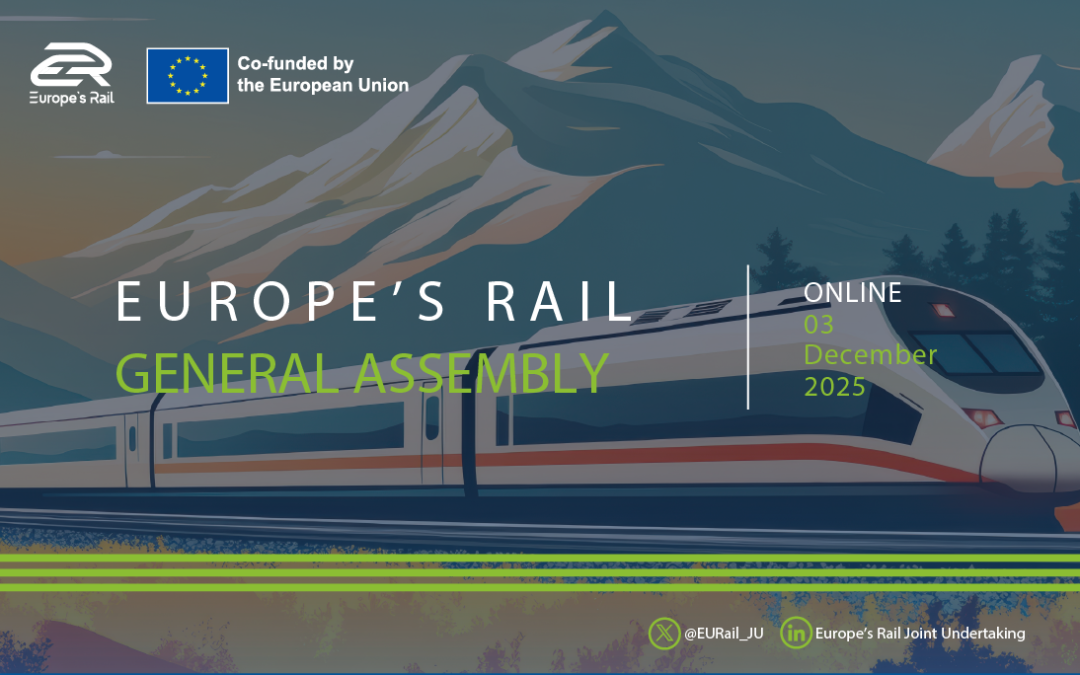Among the nine major Flagship Projects (FPs) funded by Europe’s Rail Joint Undertaking (EU-Rail), FP2-R2DATO plays a...
Existing track systems struggle to keep up with:
- Ongoing increases in operational traffic
- Demand for reliability and lifecycle cost (LCC)
- Need to decrease noise and vibrations
As a result, maintenance costs for track components remain around 50-60% of a railway’s total maintenance costs.
Switch and crossings (S&C)
What is needed are future proof track structures that require less maintenance and offer improved precision in identifying exact maintenance targets and better installation methods.
To help answer this need, the Europe’s Rail Joint Undertaking (EU-Rail) delivered several innovative components and technologies.
The Challenge
The basic design of S&C assemblies has remained unchanged since their inception, meaning S&C related failures account for an estimated 25-30% of all infrastructure failures on some European railways.
The solutions
Enhanced S&C system demo
Next generation S&C system demo
Objective
Improve the operational performance of existing S&C designs, delivering new S&C subsystems with enhanced Reliability, Availability, Maintainability and Safety (RAMS), LCC, sensing and monitoring capabilities, self-adjustment, noise and vibration performance, interoperability, and modularity.
Embrace new designs that use completely new methods for switching trains between tracks to drastically improve capacity and performance and reduce costs.
Key outcome
Development of improved components and technologies capable of optimising the points operating system for RAMS while also reducing whole system LCC.
Demonstrated the performance of new component and subsystem designs and, where feasible, integrating them into a whole-system prototype.
Conclusion
A truly cross-functional and integrated S&C operating system that uses modern technology could open the door to real-time preventative maintenance activities.
Making incremental changes to existing S&C design allows multiple long-term technologies to be introduced.
Other track system technologies and components
Beyond S&C, EU-Rail also looked to fundamentally challenge track construction assumptions that are implicit in current European track design.
Key Finding
New track and maintenance technologies will contribute to an estimated 20-30% increase in capacity.
Did You Know?
For some track systems, the demonstrators achieved a 10-20% reduction in LCC.
Fast Fact
A next generation track system TD identified and evaluated innovative track
solutions with a targeted horizon of around 40 years beyond the current state-ofthe-art.
Conclusion
All the developed solutions are clearly worth continuing to make them widely viable, commercially applicable, safety approved, and, eventually, adopted by the industry – creating substantial opportunities for infrastructure managers, railway operators, suppliers, and final users.

















